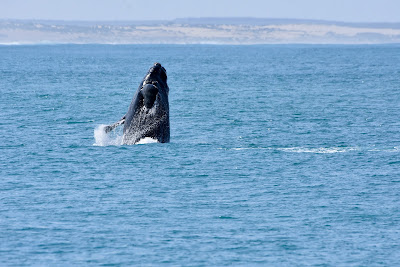 |
| Photographed in Little Desert National Park, Victoria, September 2017 |
66 KREFFT'S GLIDER Petaurus breviceps (Now changed to Petaurus notatus)
AUSTRALIA 66
Common and widespread in wet and dry sclerophyll forest and woodland from cool temperate se to wet/dry tropical n. Introduced to Tasmania. Nocturnal, arboreal; Eats arboreal arthropods, nectar, pollen, manna.
NOTE: Sugar Glider has been split into three separate species. This is the species now know as Krefft's Glider. Krefft's is the most widespread in Australia, coming from Victoria, NSW (west of Dividing Range) and Queensland (except narrow coastal strip).

































